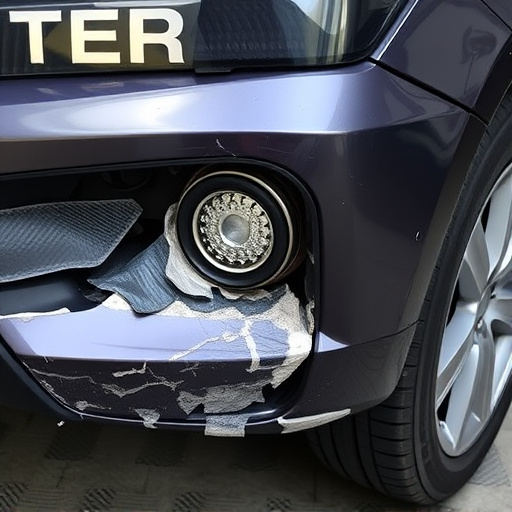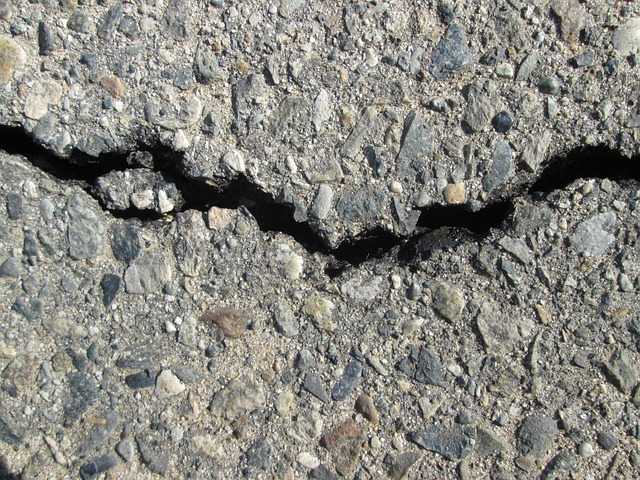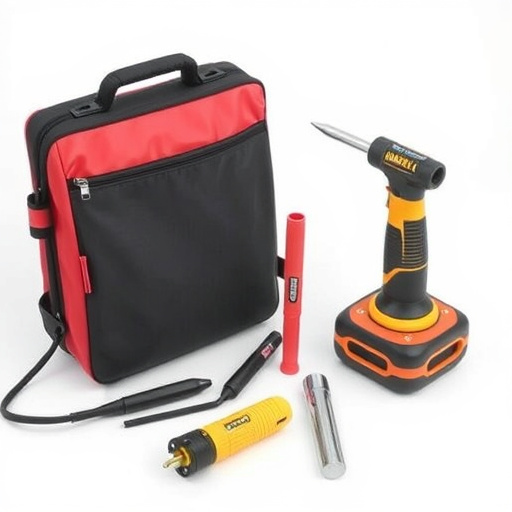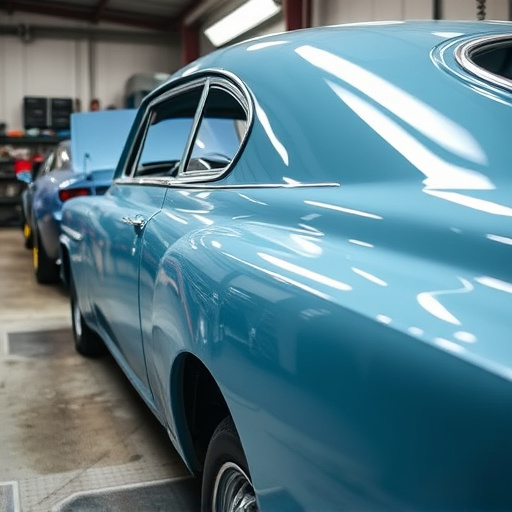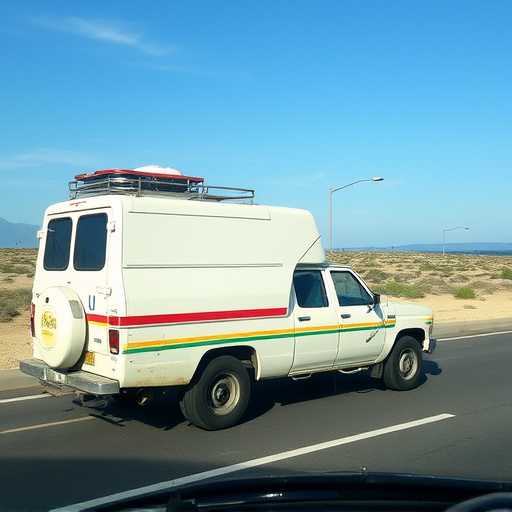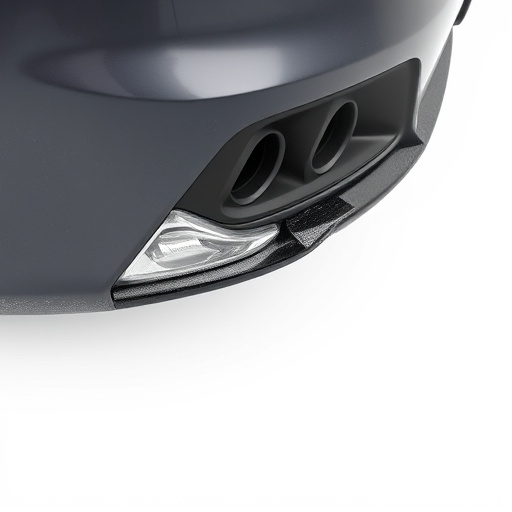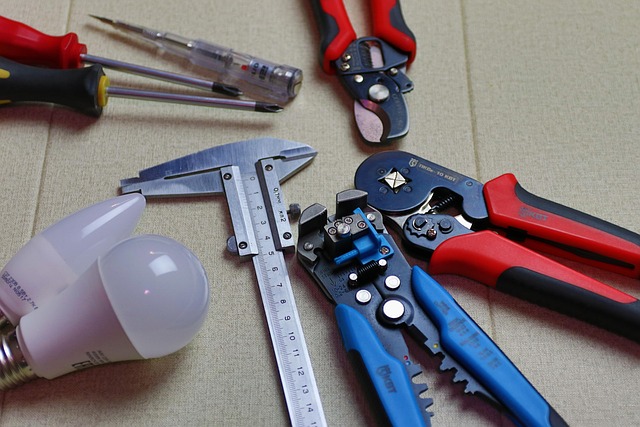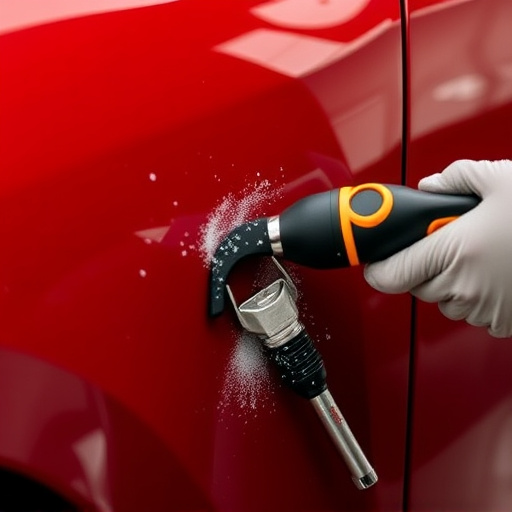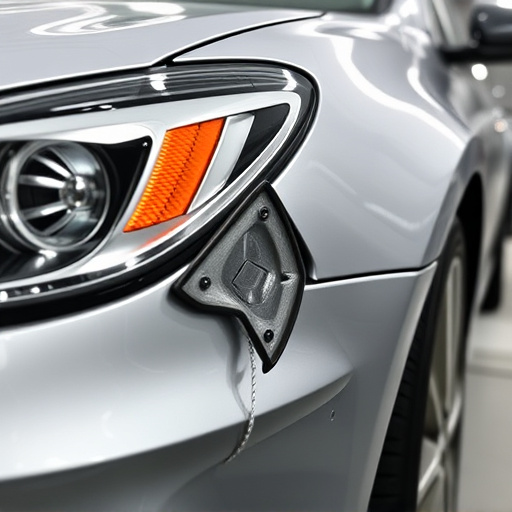ASE certified collision repair sets industry standards for quality assurance, covering diverse skills from bodywork to safety system repairs. While comprehensive, some professionals supplement with specialized training in areas like advanced paint repair to meet evolving demands. Balancing ASE certification with targeted training offers a broader understanding of modern car repair services.
In the competitive automotive industry, understanding the nuances of collision repair credentials is paramount. While ASE (Automotive Service Excellence) certified collision repair stands as a recognized standard, other certifications are emerging, raising questions about their validity. This article delves into the comparison between ASE certification and its counterparts, exploring the unique advantages and drawbacks of each. By examining these credentials, professionals can make informed decisions regarding their skills development and employers can navigate the landscape to find the best talent.
- Understanding ASE Certified Collision Repair Standards
- Alternative Credentials in the Collision Industry
- Advantages and Disadvantages of ASE Certification vs Others
Understanding ASE Certified Collision Repair Standards

ASE Certified Collision Repair standards are a cornerstone of quality assurance in the automotive industry. These rigorous standards, set by the Automotive Service Excellence (ASE) organization, outline the skills and knowledge required for specialized collision repair services. The certification process involves extensive testing across various disciplines, including vehicle structure, safety systems, and, importantly, vehicle paint repair. By adhering to these standards, auto repair shops near me demonstrate their commitment to delivering top-notch repairs that restore not just the functionality but also the aesthetic appeal of vehicles.
The ASE certification program covers a wide range of collision repair competencies, ensuring that technicians are well-versed in everything from basic bodywork to complex safety system repairs. This comprehensive approach is especially beneficial for vehicle bodywork, as it involves precise alignment and repainting techniques to ensure the car’s exterior matches its original condition. In today’s market, consumers can rest assured that ASE certified shops provide reliable and professional collision repair services, making their vehicles safe and visually appealing once again.
Alternative Credentials in the Collision Industry

In the dynamic world of automotive service and collision repair, professionals are always seeking ways to enhance their skills and stand out in a competitive job market. This has led to the rise of alternative credentials, offering a path for those looking to prove their expertise beyond traditional certifications. For instance, while ASE (Automotive Service Excellence) certified collision repair technicians are renowned for their comprehensive training in various automotive systems, other credentials focus specifically on specialized areas within the collision industry.
One such area is vehicle paint repair, which has become increasingly important with the advancement of vehicle design and the need for precise, high-quality finishes. These alternative credentials can include specialized courses or apprenticeships tailored to mastering car paint repair techniques. They provide an opportunity for individuals to showcase their proficiency in this particular aspect of collision work, complementing the broader ASE certification and expanding their employability. This diversity in credentials ensures that the collision industry remains flexible and adaptable to evolving technological and aesthetic standards.
Advantages and Disadvantages of ASE Certification vs Others

The ASE (Automotive Service Excellence) Certification for collision repair is widely recognized and respected within the automotive industry. One of its key advantages is standardization; it sets a consistent standard for skill levels, ensuring that ASE-certified technicians possess the required expertise to handle various car damage repairs. This certification also enhances credibility and can boost career prospects, as employers often seek out these qualified professionals. Additionally, staying up-to-date with industry advancements is a requirement for ASE certification renewal, guaranteeing that certified technicians are well-versed in modern automotive repair services.
However, there are also disadvantages to consider. The process of obtaining and maintaining ASE certification can be lengthy and costly, which might deter some individuals from pursuing it. Furthermore, while ASE certification guarantees a high level of skill, other credentials or training programs may offer specialized knowledge in specific areas of collision repair, such as advanced body shop techniques or the latest technology in automotive repair services. Some industry professionals argue that combining ASE certification with specialized training could provide a more comprehensive understanding of car repair services, catering to diverse customer needs and complex modern vehicles.
When comparing ASE certified collision repair credentials with other industry certifications, it’s clear that ASE stands out for its rigorous standards and widespread recognition. While alternative credentials offer valuable paths to skill development, ASE certification provides a comprehensive foundation in collision repair practices, ensuring professionals meet the highest standards. For those seeking a competitive edge in the field, pursuing ASE certification can open doors to better career opportunities and enhanced credibility.

